Letter Tracing Normal Worksheets for Ages 3-6
6 filtered results
-
From - To
Introduce your child to the joy of writing with our "Letter Tracing Normal Worksheets for Ages 3-6." Specifically designed for early learners, these worksheets provide engaging activities that enhance fine motor skills and hand-eye coordination. Each worksheet offers various exercises that help kids practice tracing uppercase and lowercase letters, reinforcing letter recognition and early literacy. Printed with clear, bold lines and fun illustrations, these worksheets make learning enjoyable and accessible. Foster your child’s writing abilities and boost their confidence with our expertly crafted tracing exercises, ideal for preschool and kindergarten students. Explore our collection today!
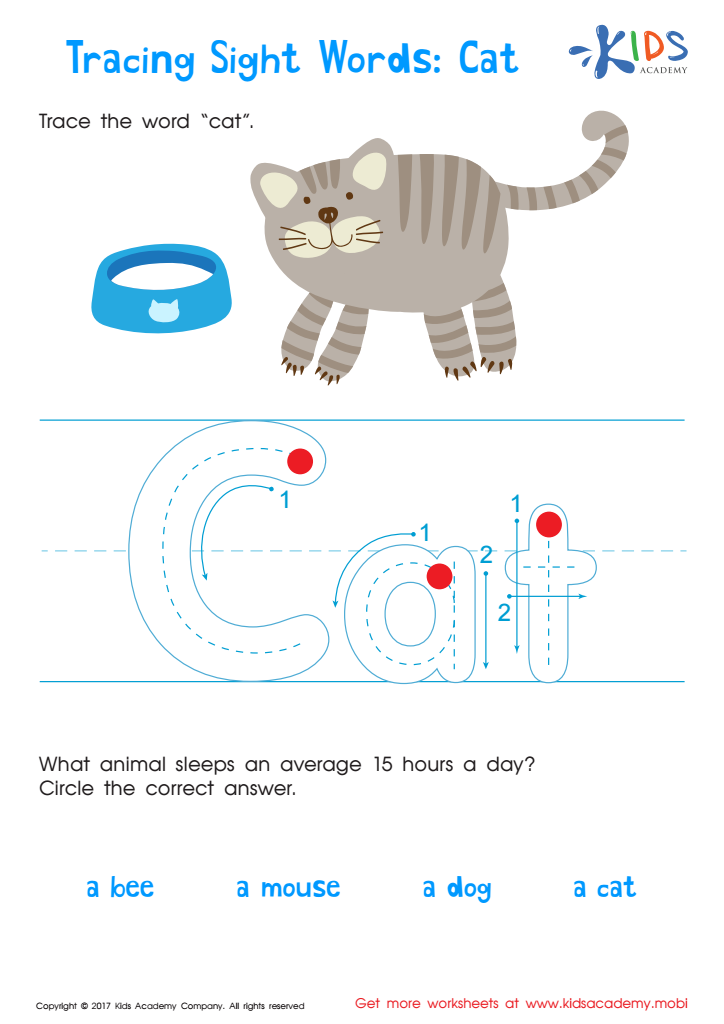

Cat Printable Sight Words Worksheet
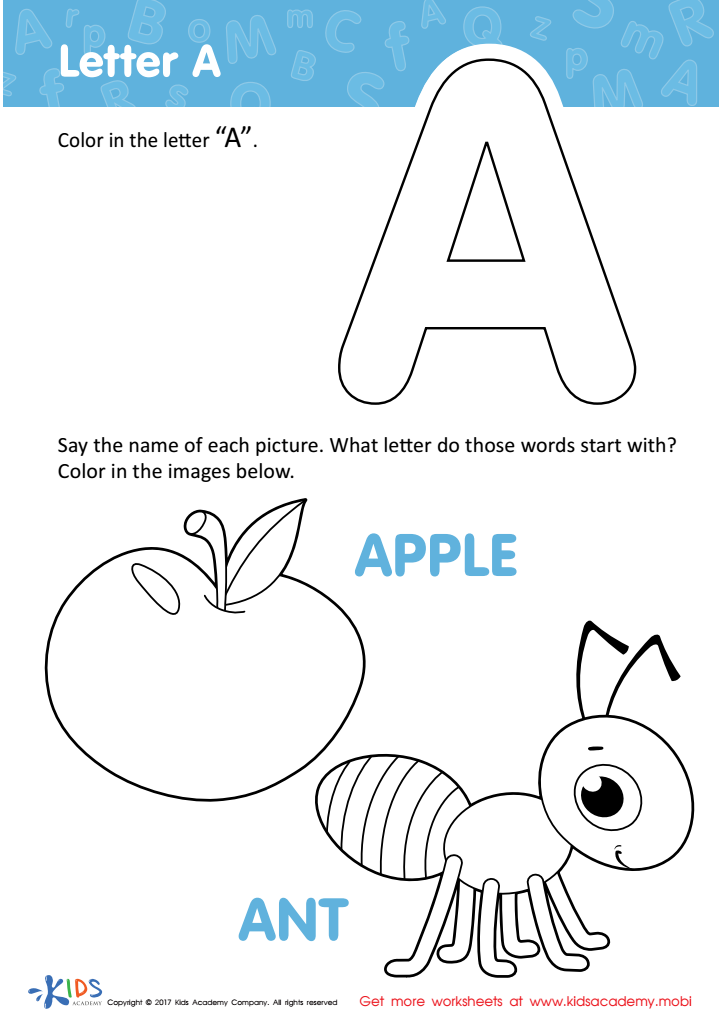

Letter A Coloring Sheet
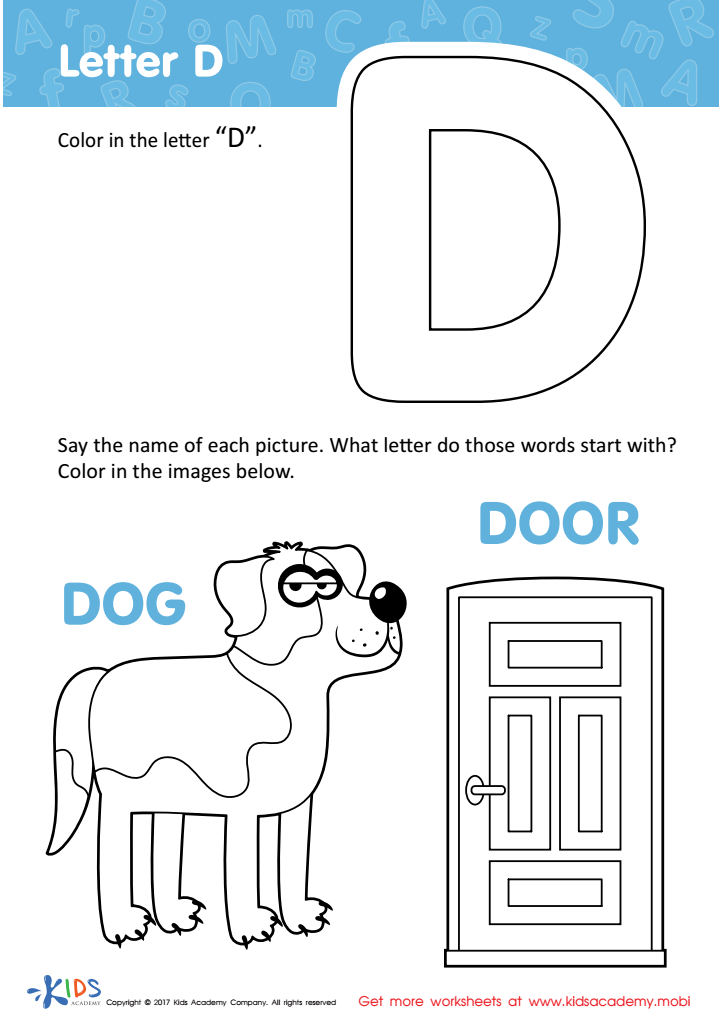

Letter D Coloring Sheet
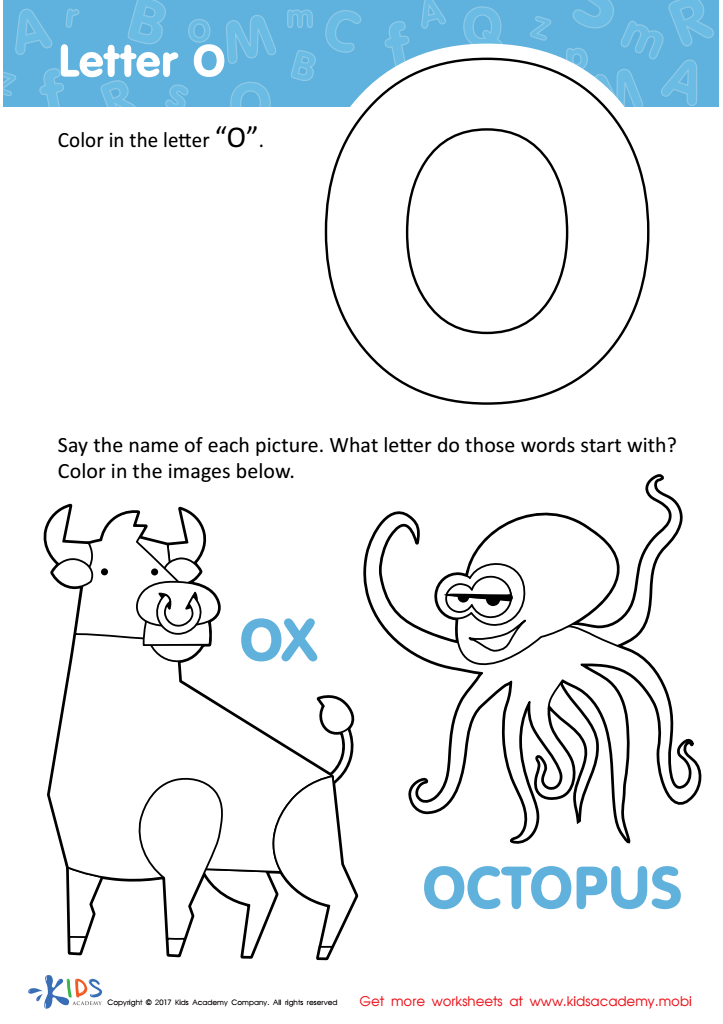

Letter O Coloring Sheet
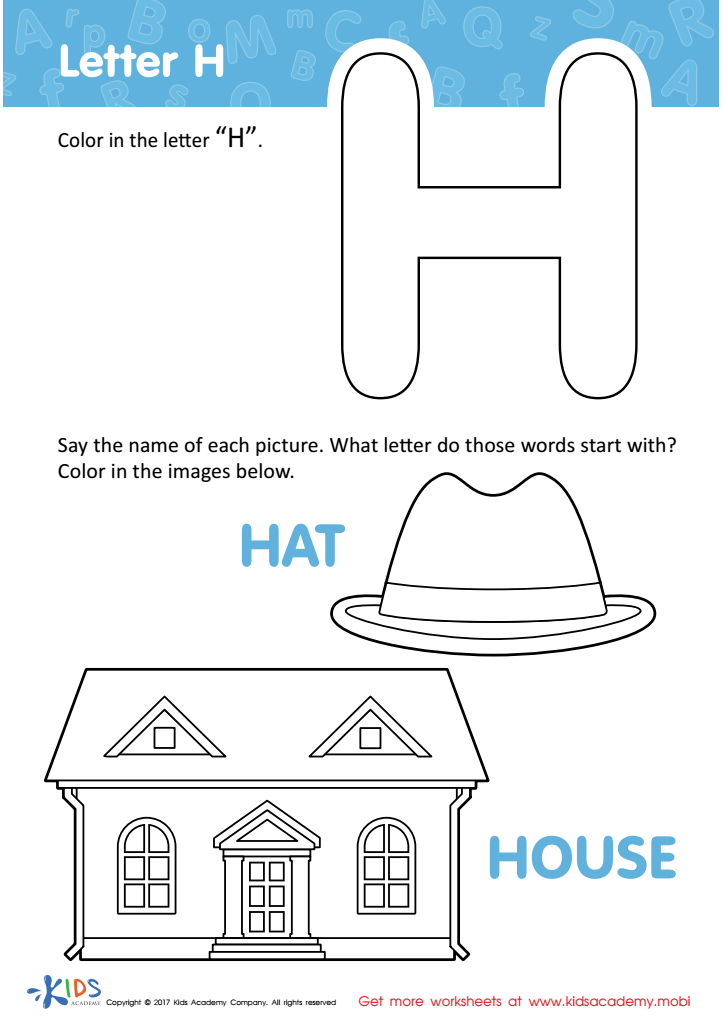

Letter H Coloring Sheet
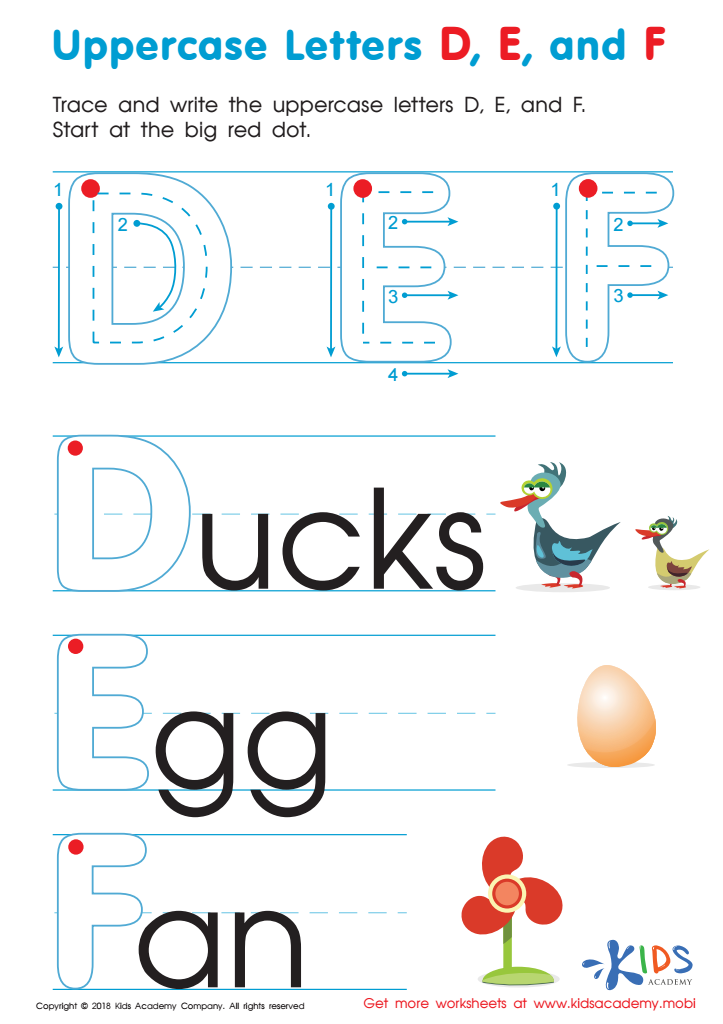

Uppercase Letters D, E, and F Worksheet
Letter tracing for ages 3-6 is an essential foundational skill that parents and teachers should prioritize. During early childhood, children's brains are incredibly receptive to learning new skills, particularly those related to language and writing. By engaging in letter tracing activities, children can develop fine motor skills, hand-eye coordination, and muscle memory. These skills are crucial for writing proficiency and other tasks requiring detailed, precise movements.
Moreover, letter tracing helps young children recognize the shapes and sounds of letters, building the basics for reading and literacy. As they repeatedly trace letters, they start associating the visual shape with its corresponding sound, which is a fundamental step in decoding words and eventually learning to read. Regular practice also increases their familiarity and comfort with the alphabet, making the transition to writing independently smoother.
Additionally, letter tracing activities can boost a child's confidence and enthusiasm for learning. Mastering each letter provides a sense of achievement, encouraging them to tackle more complex tasks. Interactive, fun tracing games and sheets keep children engaged, turning learning into a playful experience.
In summary, letter tracing at this formative age sets the stage for successful literacy and fine motor skills. It also helps in fostering a positive and proactive attitude towards learning, making it a critical activity for early childhood development.

 Assign to My Students
Assign to My Students





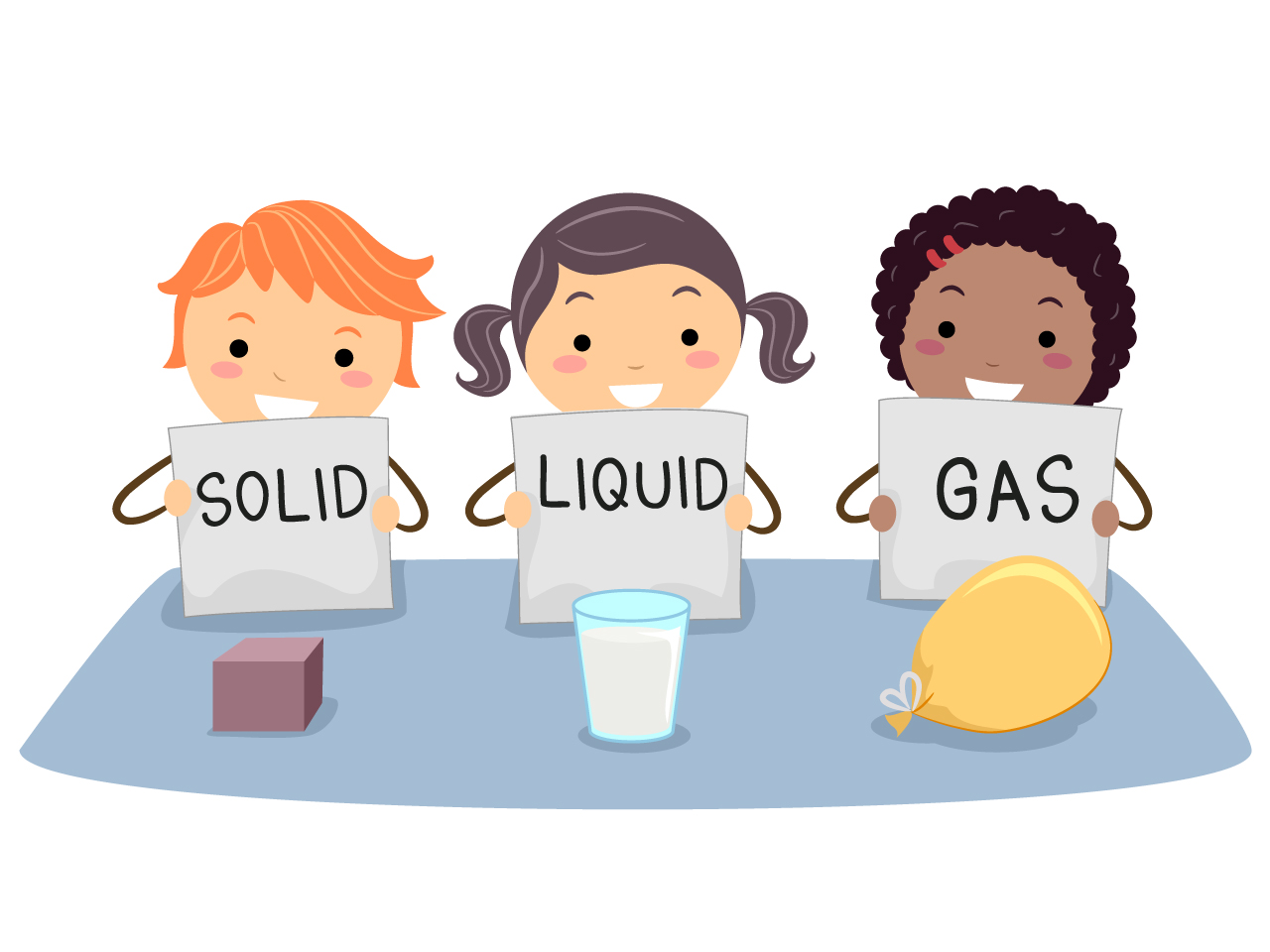

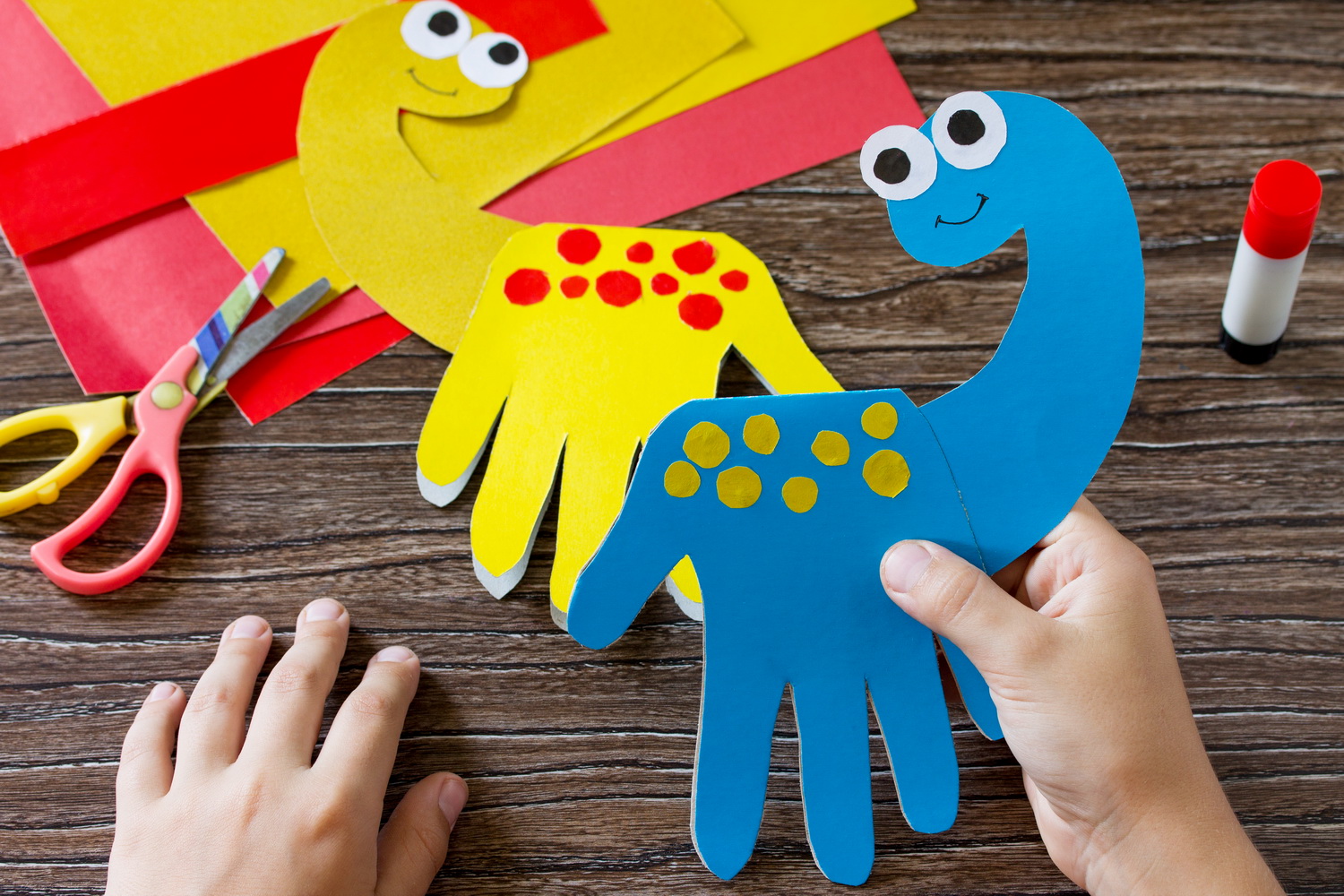
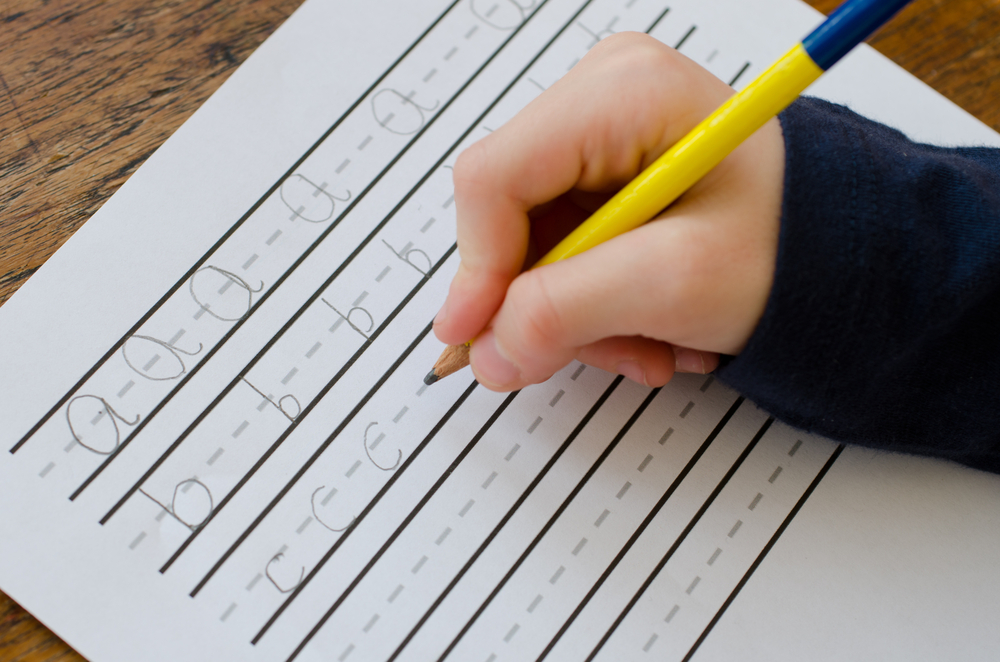

.jpg)










